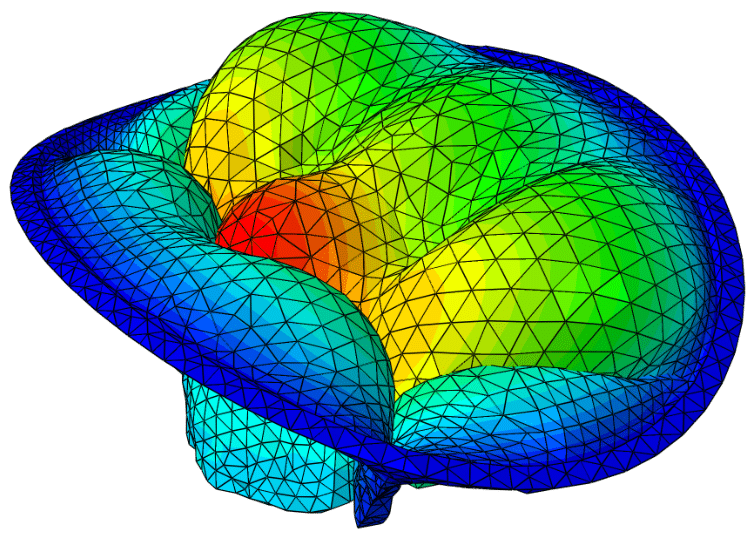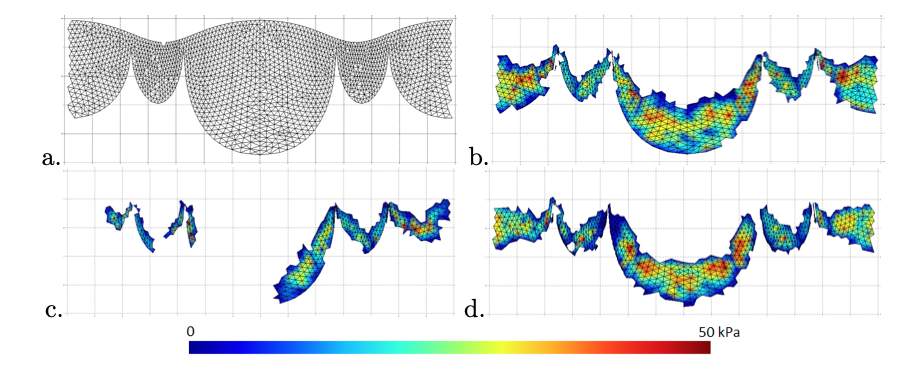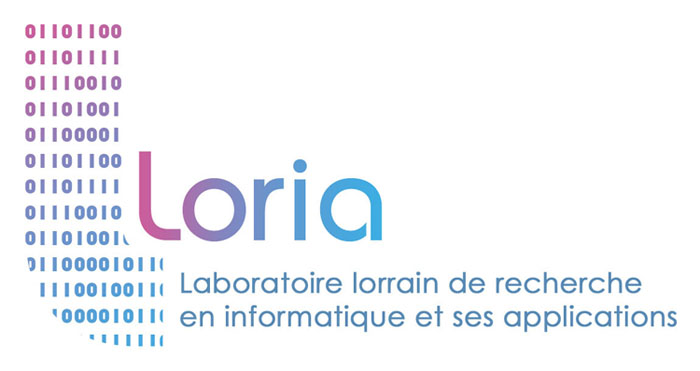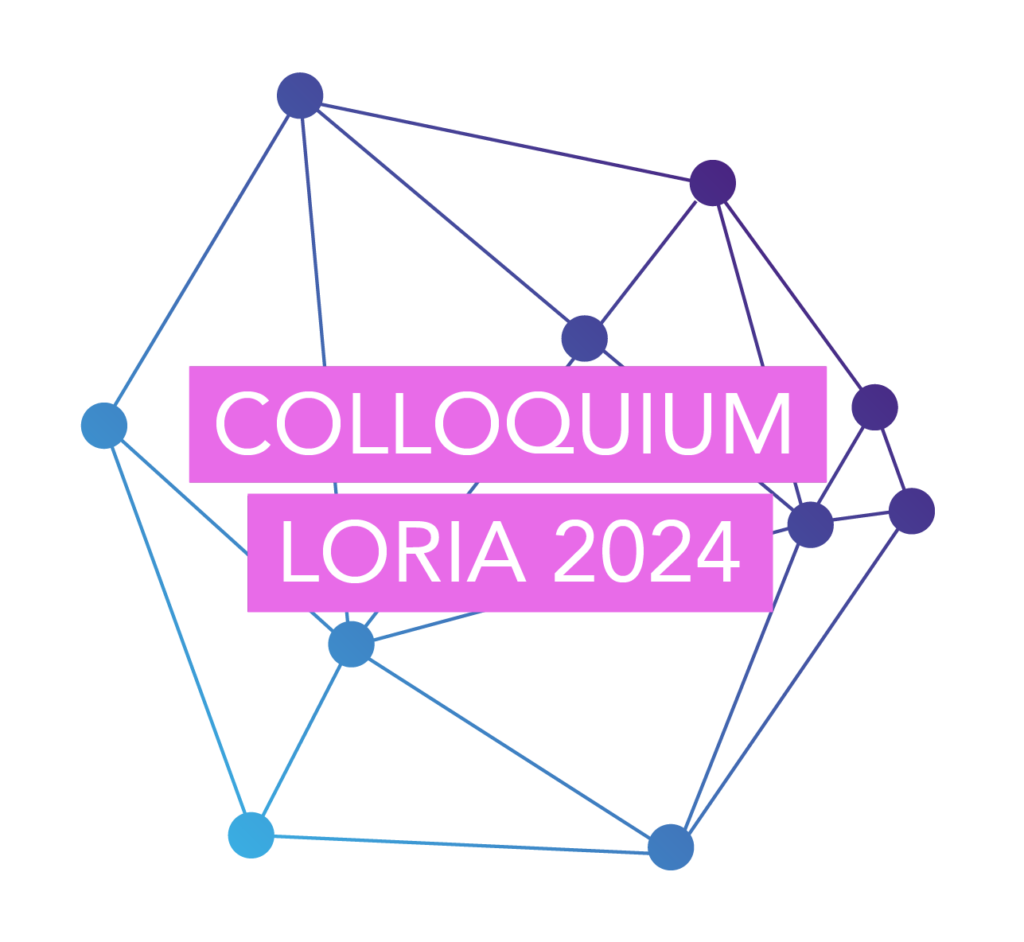Modeling the mitral valve of the heart: a Best Paper Award for the Tangram team!

14 September 2022
Congratulations to the Tangram team (CNRS, Inria, Université de Lorraine), winner of the Best Paper Award at the IPCAI conference (International Conference on Information Processing in Computer-Assisted Interventions).
The conference, a leading event for innovation in the field of computer-assisted surgery, was held in Tokyo in June.
The prize rewards the work of Nariman Khaledian, Pierre-Frédéric Villard and Marie-Odile Berger on the simulation of fluid-structure interaction in the heart mitral valve. This work will enable practitioners to refine their diagnoses and increase their knowledge of this organ.

Modeling of a closed mitral valve
The mitral valve is one of the four valves of the heart, which ensures the unidirectional circulation of blood from the left atrium to the left ventricle. Valve closure is controlled by chords, whose wear and tear, or even breakage, can cause important pathologies, such as blood leakage or loss of elasticity of the organic material, leading to heart failure.
Nariman Khaledian’s thesis is part of the associated CURATIVE team, a close partnership between the Tangram team and the Harvard Robotics Lab in Boston. The goal of the CURATIVE team is to develop computational models of simulating mitral valve behavior from medical images.
Specialized in the fields of biomechanical simulation and augmented reality in medicine, the researchers used a fluid-structure simulation technique using the immersed boundary method. This numerical approach helps to better understand the dynamic movement of the valve and will allow in the future to simulate procedures with any medical image acquired on a patient.
The originality of this work? The creation of a fluid-structure interaction model that improves the detection of blood leaks by generating a contact map. “This map is used to represent the unfolded valve in order to clearly distinguish its anatomy, to represent the contact forces in detail in order to evaluate the efficiency of the valve closure,” explains Pierre-Frédéric Villard, associate professor in the Tangram team.

Contact map of a mitral valve
The team studied three different clinical situations:
- A leaking mitral valve, having missing chords;
- A bulging valve, with both primary chords missing on the anterior leaflet;
- A healthy valve.

The ultimate goal of this research is to help surgeons to have a better understanding of the mitral valve behavior. These innovative results provide an accurate and realistic simulation of valve closure and allow the biomechanical behavior of the valve to be reproduced, with the ultimate goal of improving patient treatment.


